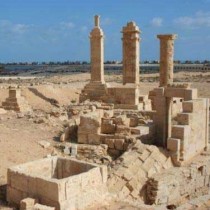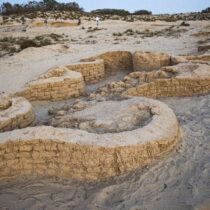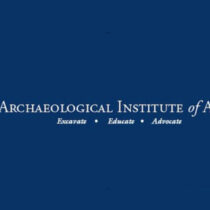A major archaeological achievement has been made in Alexandria’s Eastern Harbor: an international mission, led by Isabelle Hairy of France’s CNRS in partnership with Egypt’s Ministry of Tourism and Antiquities, has successfully lifted 22 massive stone blocks—weighing between 70 and 80 tons each—from beneath the water. These blocks include architectural elements such as lintels and uprights from the lighthouse’s grand entrance, foundation slabs, and a newly identified pylon that blends Greek engineering with Egyptian style.
The recovered blocks are destined for high-resolution 3D photogrammetric scanning at France’s Dassault Systèmes Foundation as part of the “PHAROS” project under CNRS/CEAlex. This digital reconstruction will allow researchers to test hypotheses about the lighthouse’s original design and how it collapsed.
The recovery of these massive architectural blocks is significant for several reasons. The Lighthouse of Alexandria, celebrated as one of the Seven Wonders of the Ancient World, survives today only as scattered ruins, so this project offers a rare chance to digitally reconstruct it. The blocks themselves will enable scholars to model and better understand Ptolemaic construction methods from the third century BC, shedding light on ancient engineering techniques. Beyond their practical role as a beacon, the lighthouse also stood as a potent symbol of Alexandria’s cultural fusion, and recreating it digitally helps restore a sense of that heritage.
In the coming months, high-resolution 3D models of these blocks will support educational programs, ranging from museum displays to digital platforms, and could even inform future reconstruction efforts. A documentary produced by GEDEON Programmes for France Télévisions will chronicle both the expedition and the reconstruction. Altogether, this new work builds on surveys dating back to the 1990s and highlights Alexandria’s expanding role as a center for underwater cultural tourism.





